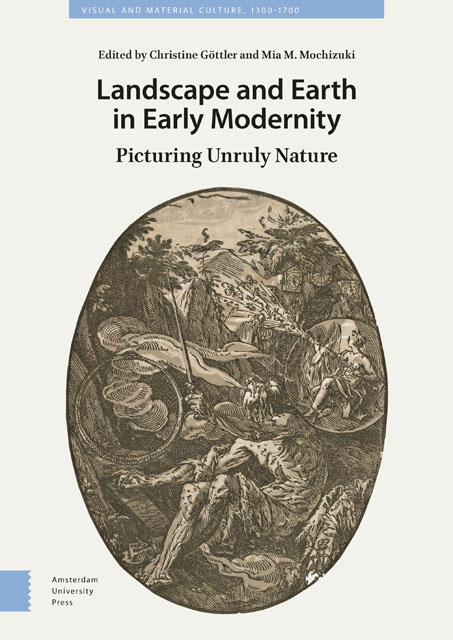2 - Landscape and Autography
Published online by Cambridge University Press: 20 June 2023
Summary
Abstract
Departing from the famed “Lugt Group” of early landscape drawings created by Pieter Bruegel the Elder, his son Jan Brueghel the Elder, and other Bruegel followers, this essay considers the special relationship between the increasingly independent landscape genre and the acceptance of drawings as objects worthy of preservation. This essay provides an exploration of how landscape subjects lent themselves to the development of drawn autography in the early modern era, and it will argue that the site of landscape drawing often served to register the artist's individual style rather than simply to document his or her powers of observation.
Keywords: drawing; pictorial style; invention; self-expression; pen and ink drawing; use of artistic sources
The Unnatural Landscape
Despite a critical prejudice against landscape subjects during his lifetime, Pieter Bruegel the Elder (1525/30–1569) demonstrated his inventive faculties and technical brilliance rendering elements of nature through painting, drawing, and printmaking. Given his innovative contributions to iconography for both allegorical and peasant subjects, it is consistent with Bruegel's established role in art history to acknowledge his impact on the rise of landscape as critically accepted subject matter for the visual arts in Western Europe. This essay explores Bruegel's contribution in this field through the lens of his work as a draftsman, and it asks what role landscape drawing played for the artists working in the generation immediately following his own. As this text will argue, the practice of landscape drawing served artists not only as a habit to develop skills of observation, but also as a vehicle for self-conscious demonstration of invention and facility with pen and ink.
In his biography of Bruegel, Karel van Mander (1548–1606) offered the following, now frequently cited comment: “On his travels he drew many views from life, so that it is said that when he was in the Alps he swallowed all those mountains and rocks which, upon returning home, he spat out again on canvases and panels, so faithfully was he able, in this respect and others, to follow Nature.” As other scholars have noted, Van Mander emphasized how the act of drawing directly from nature enhanced Bruegel's mimetic capacity to render landscape elements in the context of painting.
- Type
- Chapter
- Information
- Landscape and Earth in Early ModernityPicturing Unruly Nature, pp. 123 - 152Publisher: Amsterdam University PressPrint publication year: 2022



